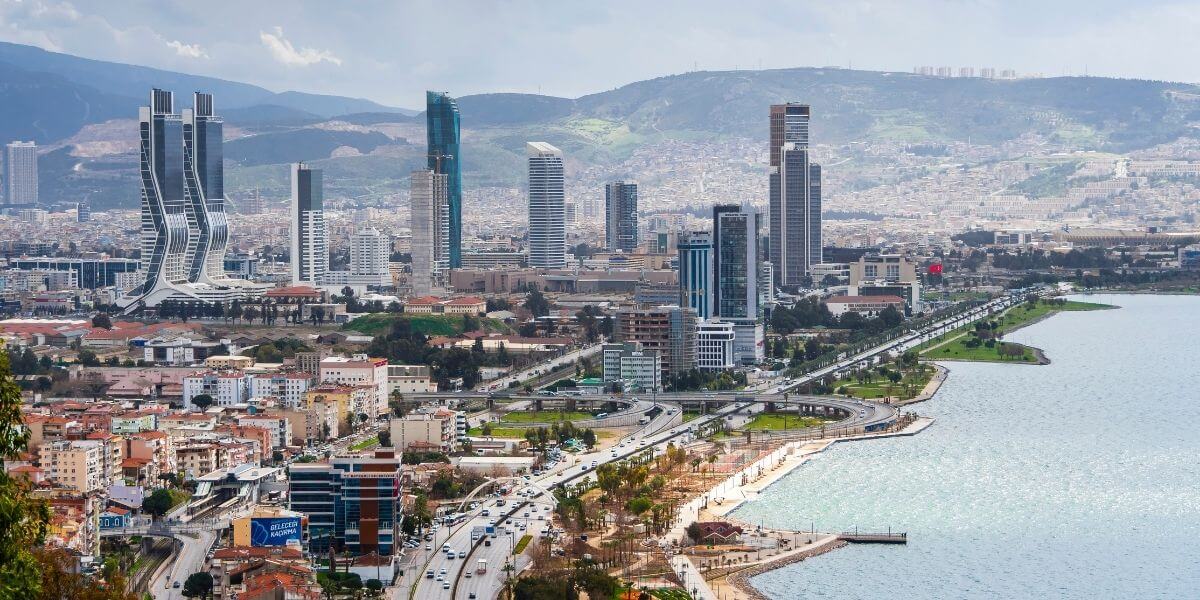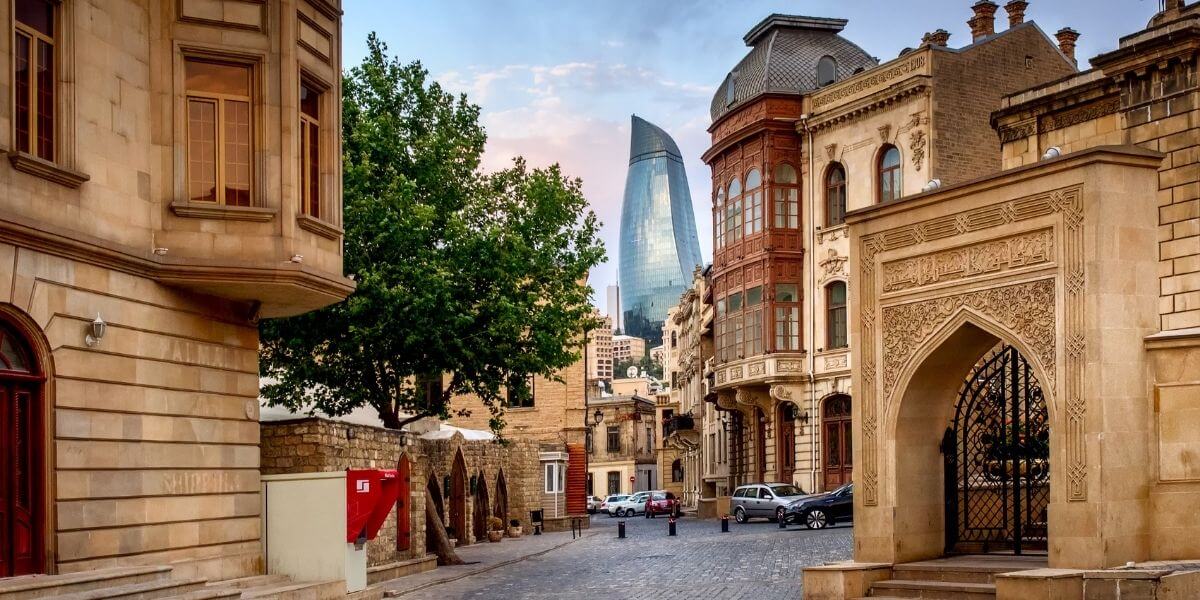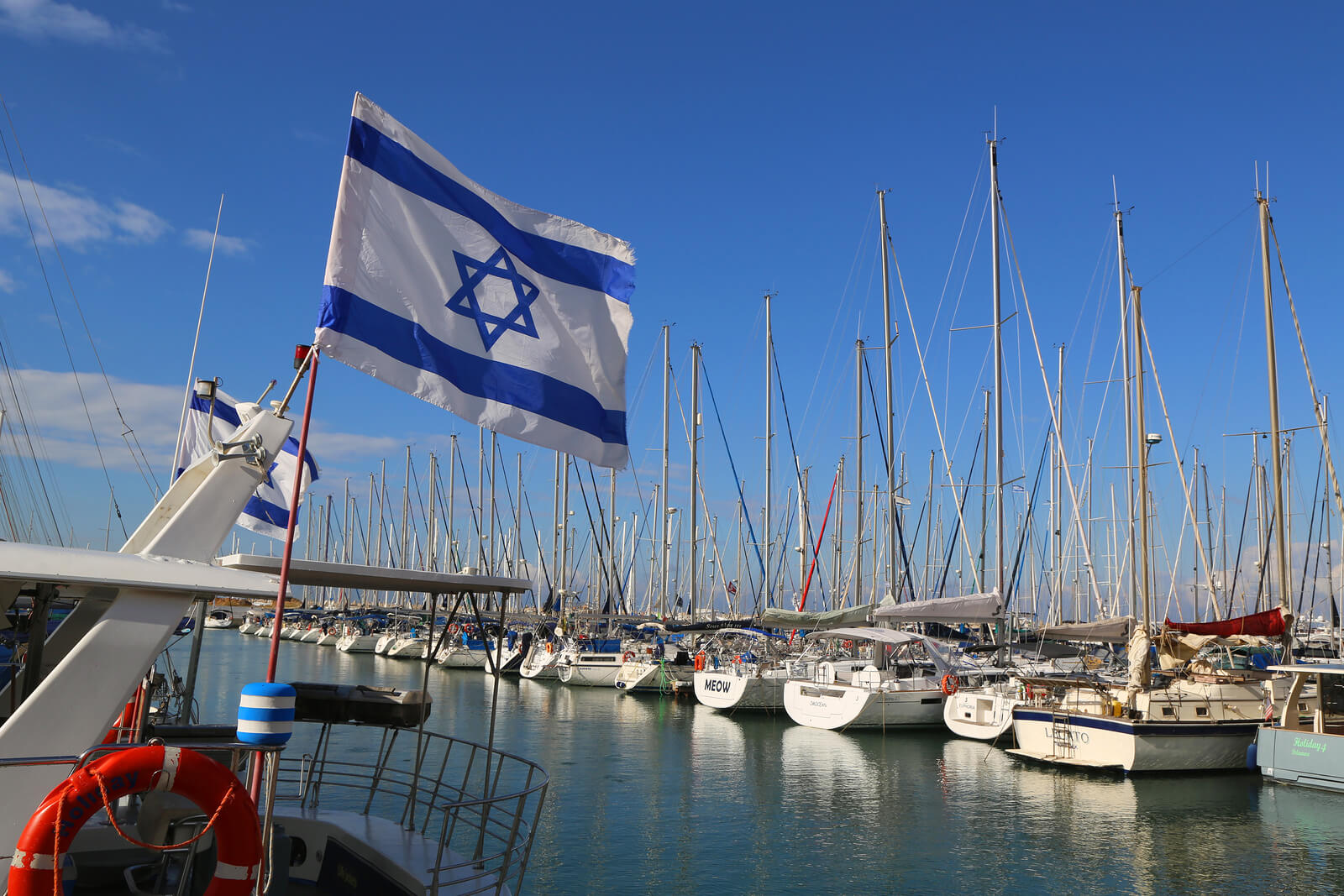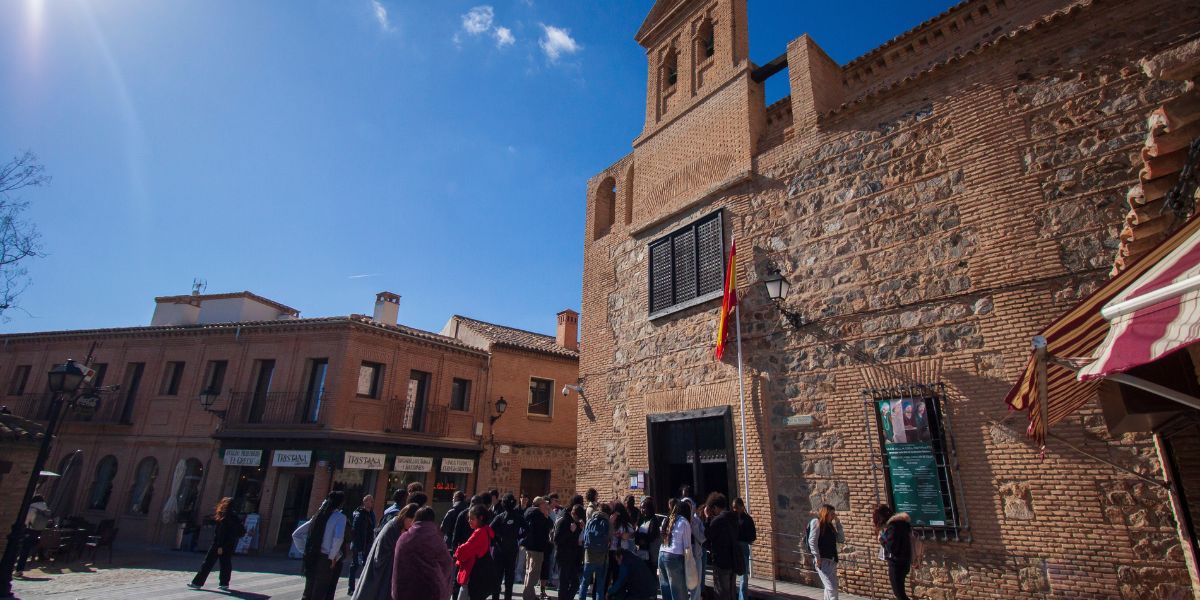Jewish communities have been involved in mercantilism for centuries. At times, this was because of a lack of other options. However, it was also always helpful that many Jewish merchants were multilingual and connected to family and friends in other trading spots along various trade routes.
The Silk Road, a network of routes that connected the civilizations of the East and West to transport goods, was a common route for many Jewish merchants. As they traveled and traded, they also built communities, grew Jewish culture, settled down in places, and left behind marks and legacies that are still apparent in those former Silk Road stops.
Traveling to Silk Road locations is a great way to explore Jewish heritage everywhere from Uzbekistan to India. You’d be shocked at the fascinating places you can find a Jewish connection.
How long is the Silk Road?
The silk road is 4,000 miles or 6,437 Kilometers. It crosses some of the most formidable landscapes on the planet, including the Pamir Mountains and the famous Gobi Desert. It stretches from the ancient Chinese capital city of Xi’an and ends around Damascus.
When was the Silk Road operating?
The Silk Road began operating during the time of the Han dynasty in 130 B.C.E until 1453 C.E., when the Ottoman Empire closed off trade with the West and ended the trade route.
Visiting Athens

Athens was a part of the Silk Road. In fact, the route really opened for the first time to the west by Alexander in order to trade silk. Greece became a production center of silk, a tradition, and industry that lasted until the 19th century.
There were many Jews involved in the Silk Road, and many lived in Athens. Today, their presence can be felt in some of the Jewish sites around the city.
There are plenty of places to find Jewish heritage in Athens. At the foot of the Acropolis, for example, there is a synagogue that dates back to the third century C.E. Archaeologists have unearthed a marble surface engraved with a menorah and a palm branch.
Athens is also home to two modern synagogues, Etz Hayyim and Beth Shalom.
The Jewish Museum of Athens houses a collection of clothing, documents, and artifacts from the Romaniote and Sephardic communities that have made Athens their home.
Athens is a great location for family trips. The peak season is Summer and July and August are quite warm. If you want to explore the Jewish connection to Athens, the best times to go are late spring and fall.
Interested in exploring opportunities to travel to these fascinating locations? Check out our destinations heritage map page.
Magical Izmir

Izmir became a popular hub on the Silk Road because of its tax system and reliability compared to other ports nearby. The Sancak Kalesi fortress also guaranteed protection for trips carrying cargo. Most of the silk that came to Izmir came from Iran and was sent to European countries.
Izmir, known as Smyrna during the time of the Silk Road, was home to many Jews expelled from Spain who worked as merchants in the area. The best way to explore Jewish heritage in Izmir is through the synagogues there. They are unique for their high walls and Islamic and Greek motifs. Today, there are nine functioning synagogues in the city, the largest among them the Beit Israel Synagogue.
Izmir is home to the largest and best-preserved Roman synagogue, but one of the most historically significant locations for Jews in Izmir is actually the Kemeralti Bazaar, which was the main location for Izmir’s Jews.
Asansor, a historic landmark in Izmir, was a private elevator built in 1907 by a Jewish businessman to get from the lower to the upper parts of the city. Today, it is a cultural center with a cafe and art galleries.
One of the most famous Jewish figures in history, Shabbatei Zvi, was born in Izmir. In the 17th century, he pronounced himself as Messiah and was thrown out of Izmir.
The best times to visit Izmir are May to August. Kids on a family trip would love seeing Turkey’s beaches, museums, and hot air balloons.
Beautiful Tbilisi

Georgia is a crossroads between the East and West and played an important role in the Silk Road as a trading hub facilitating the flow of goods. Tbilisi is in a prime location near the Black Sea and major river routes and became a melting pot of cultures and ideas.
Although the road through Tbilisi was more difficult than the road through Iran, Tbilisi was better politically for many of the Silk Road-involved countries.
If you’re interested in exploring Jewish heritage in Tbilisi, there’s a comprehensive Jewish museum in the city that includes historical artifacts and archaeological finds about the Jewish community, a synagogue in the old quarter, and another synagogue that is one of the city’s most important tourism sites.
Not only is Tbilisi a great spot for Jewish sites, it’s also a renowned travel location for its beautiful architecture, great food like Khachapuri and Khinkali, and unique combination of cultures.
The weather in Georgia can get pretty extreme in both the Summer and Winter months, so May, June, or September are the best times to go.
Visiting Baku

After visiting Tbilisi, Azerbaijan is an obvious choice on a Silk Road trip. Baku called the City of Winds, is a port city and the largest city in the Caucasus Region. The city has high skyscrapers next to ancient buildings and is a unique and exciting place to learn about the silk road.
Azerbaijan is linked with China, Syria, India, Iran, Egypt, Russi, North Africa, Europe, and more through land and sea routes, and Baku was a center for goods going from China and India to Constantinople.
Today, Baku is home to European, Tati, and Georgian Jewish communities that each have their own synagogue.
One of the most interesting Jewish sites to visit in Baku is the Mountain Jews Museum. It’s not technically in Baku but is nearby, and showcases the history and traditions of the Mountain Jews that lived in the area for centuries.
Most places in Baku are child-friendly. You can take your family to the city from April to October to avoid extreme dry weather.
A Trip to Bukhara

Bukhara has always been a hub for merchants and travelers. It’s located on an oasis in the Zerafshan River delta in central Uzbekistan. It was a prosperous city in the Middle Ages and a center of culture and religious studies. They were renowned for their textile industry and traded lamb’s fleeces, gold, embroidery, metalwork, silk, cotton, carpets, leather, and clothing.
Bukhara at one point had a large Jewish community and even spoke a Judeo-Tajik dialect of the local Tajik language. After World War II, many Jews found refuge in the city. They are primarily Mizrahi Jews, and since the USSR fell, most moved to Israel, the US, and Europe.
Today in Bukhara, there are two synagogues, a primary school teaching English, a Jewish cultural association, and a Jewish cemetery. Travelers can also visit bazaars, markets, and go on outdoor adventures like camel rides and picnics in yurts. There’s great hiking in the mountains nearby as well.
It is best to visit Uzbekistan in Spring or Autumn. You can cover most of Bukhara in 2 or 3 days but can follow your time there with trips to other cities in Uzbekistan, like Samarkand.
Samarkand A Place of Many Cultures

Samarkand, another city in Uzbekistan, has also been home to Jewish communities for centuries. Many Jews in this Silk Road destination made their fortunes with trade between Russia, India, Western Europe, and Persia.
Today, there are about 2,000 Jews living in Samarkand, There’s a synagogue, an old Jewish quarter, and a Jewish cemetery within the city. The Jewish quarter is in the center of the city and is home to monuments of famous figures from Samarkand, including Shimon Dubnov. There are also great restaurants with traditional Uzbek cuisine and shops selling crafts by artisans from the area. The synagogue in the area, Gumbaz synagogue, is from the end of the nineteenth century. Its decor is heavily influenced by Islam, and the building also has pictures of former rabbis and carved doors inside. The Tomb of Daniel in Samarkand is allegedly the final resting place of the prophet Daniel.
Samarkand shows its Jewish connection once a year when they host a Samarkand Jewish Food Festival. Travelers sample dishes prepared according to tradition, from meats cooked over open fires to honey and almond sweets. There is normally also live music and performances.
Amazing Cochin, India

Cochin, India has a long Jewish connection and has been home to Jews since the time of King Solomon. The Jews of Cochin were even mentioned by Benjamin of Tudela in his 12th-century travel writings.
Many of the Jews in Cochin made aliyah after Israel gained independence, but many of the synagogues still exist in the area.
There are 8 synagogues that have survived, and the Paradesi synagogue has a regular congregation. There is also a Kerala Jews Life Style Museum and a synagogue at Paravur that was renovated into the Kerala Jews History Museum.
Radanites, Jewish merchants who traveled by sea between the Mediterranean and China in the 9th century, show that Jews have been involved in trade in the area for centuries. The community was involved in the Silk Road trade, playing a role in trade between India and other regions.
Although Cochin was not directly on the Silk Road, it served as a maritime trading center and connected the Silk Road with the coastal areas of India. There is so much Jewish heritage and Silk Road history to explore in Cochin, it’s a must for anyone interested in history.
There are so many places to explore Jewish heritage and connections along the Silk Road. For a Jewish story that is often surprising and always fascinating, check out opportunities to visit these places with our Jewish travel agency.












